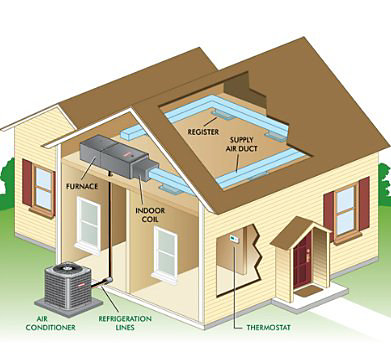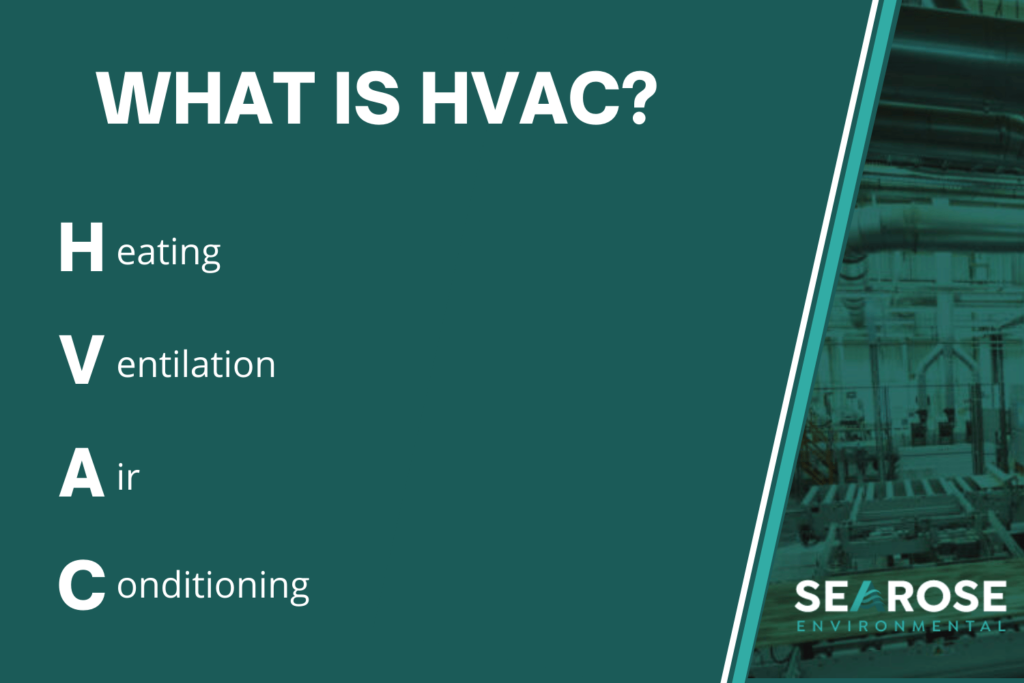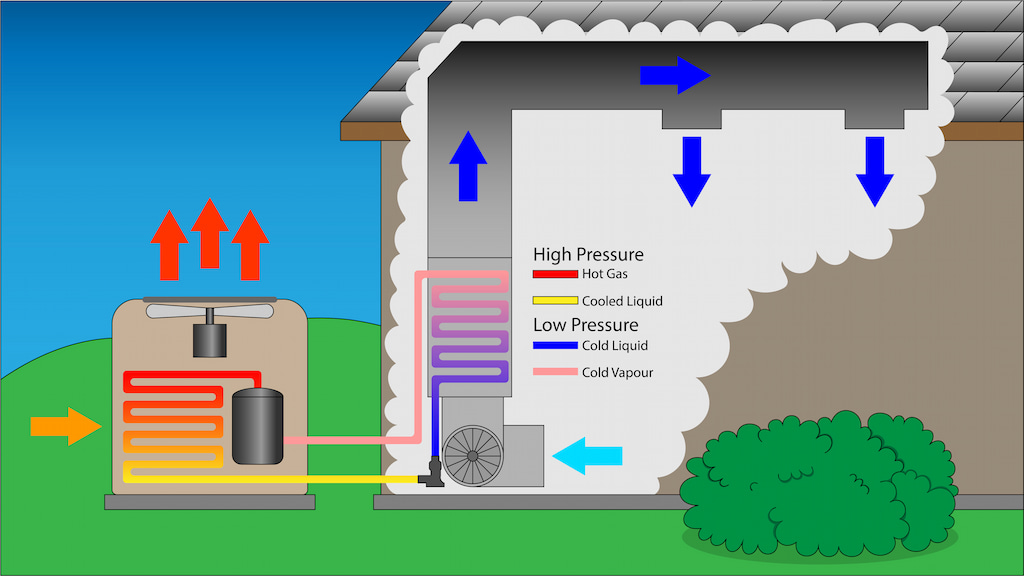Send us an email
Please enter your name and contact info.
Please enter your name and contact info.
Call Us Today! (850) 748-1066

Serving Families Throughout Pensacola
What is HVAC? This article aims to provide you with a brief overview of HVAC, an abbreviation that stands for Heating, Ventilation, and Air Conditioning. HVAC systems play a crucial role in maintaining a comfortable and healthy indoor environment, by regulating temperature, humidity, and air quality. Whether you are a homeowner looking to understand the basics or a business owner seeking to enhance your commercial space, understanding HVAC is essential. Read on to discover the key components of HVAC systems and how they work together to create optimal comfort and efficiency.

This image is property of wg.scene7.com.

HVAC stands for heating, ventilation, and air conditioning. It refers to the technology and systems used to control the indoor environment, including the temperature, humidity, and air quality. HVAC systems are commonly found in residential, commercial, and industrial buildings, and they play a crucial role in maintaining a comfortable and healthy living or working environment.

HVAC systems are designed to provide thermal comfort and acceptable indoor air quality. They work by regulating the temperature, humidity, and airflow within a building. Heating systems are responsible for providing warmth during colder months, while cooling systems are used to lower the temperature during the hot seasons. Ventilation systems, on the other hand, ensure the circulation of fresh air and the removal of stale air and pollutants.

This image is property of energyeducation.ca.
HVAC systems consist of various components that work together to achieve the desired indoor environment. These components include:
The thermostat is a control device that allows you to set the desired temperature. It communicates with the HVAC system to maintain the indoor temperature within the set range.
These are the primary heating components of an HVAC system. Furnaces use gas or electricity to generate heat, while heat pumps and boilers transfer heat from one area to another.
The air conditioner is a cooling component that removes heat from the indoor air and lowers the temperature.
Ductwork is a network of channels that distribute conditioned air throughout the building. It ensures that the heated or cooled air reaches all the rooms.
Ventilation fans are responsible for bringing fresh air into the building and expelling stale air. They help maintain proper air circulation and prevent the buildup of pollutants.
Air filters remove dust, dirt, and other particles from the air. They help improve the indoor air quality by trapping allergens and preventing them from circulating in the building.

This image is property of searose.com.au.
Heating systems are an essential part of an HVAC system, especially in colder climates. They provide warmth and comfort during chilly weather. The most common types of heating systems are furnaces, heat pumps, and boilers.
Furnaces are the most commonly used heating systems in residential and commercial buildings. They generate heat by burning fuel (such as gas or oil) or through electric resistance. The heat is then distributed through the ductwork and into the rooms.
Heat pumps are versatile heating systems that can also provide cooling. They transfer heat from one area to another, either by extracting heat from the outdoor air (in the case of air-source heat pumps) or from the ground (in the case of ground-source heat pumps). Heat pumps are energy-efficient and can provide both heating and cooling throughout the year.
Boilers heat water to generate steam or hot water, which is then circulated through pipes and radiators to provide heat. They are commonly used in older buildings and are known for their reliability and long lifespan.

This image is property of uploads-ssl.webflow.com.
Cooling systems are designed to lower the temperature and provide relief during hot weather. The most common type of cooling system is the air conditioner.
Air conditioners work by removing heat from the indoor air and transferring it outside. They use a refrigeration cycle to cool the air and dehumidify it. Air conditioners are available in various types, including window units, split systems, and central air conditioning.

This image is property of www.touchstonecommercialservices.com.
HVAC professionals play a crucial role in the installation, maintenance, and repair of HVAC systems. They are trained to assess the unique needs of a building and recommend the most suitable HVAC system. HVAC professionals also ensure that the system operates efficiently, diagnose and fix any issues, and provide regular maintenance to prolong its lifespan.
When it comes to HVAC repair, professionals like Diamond Air Design in Pensacola, FL, are experts in the field. With their knowledge and experience, they can identify and resolve any HVAC problems, ensuring that your system runs smoothly and efficiently. Whether it’s a malfunctioning thermostat, a faulty compressor, or a clogged air filter, HVAC professionals have the expertise to tackle any issue and restore your comfort.
In conclusion, HVAC systems are essential for maintaining a comfortable indoor environment. They provide heating, cooling, and ventilation, ensuring that you can enjoy a pleasant and healthy atmosphere throughout the year. The components and systems within HVAC work together harmoniously to regulate temperature, humidity, and air quality. By understanding the role of HVAC professionals like Diamond Air Design, you can ensure that your system operates efficiently and keeps you comfortable all year long.
